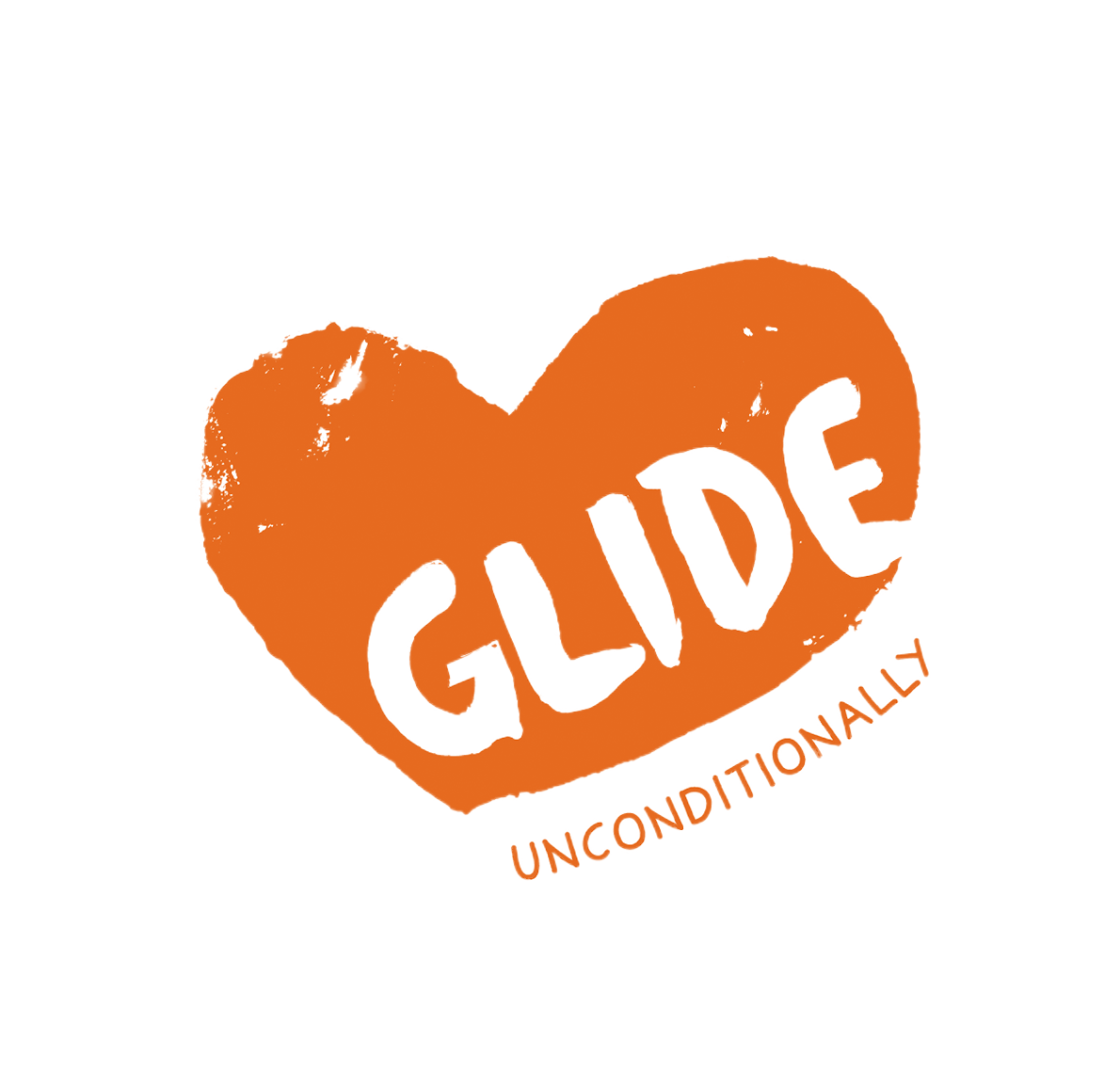In August of 1967, GLIDE’s monthly publication, Venture, was entirely devoted to the Black People’s Free Store. The letter that went out with the publication explained briefly, “The Black People’s Free Store was established in the Spring of 1967 by young black militants in the Fillmore ghetto. Since then the store has been distributing free food, clothing, appliances, and furniture to the poor.”
Venture went on to tell the story of how the store began, and what it did in the community. We offer the following excerpts from the issue in honor of the history of struggle by African Americans and their allies for self-determination, equality and a society grounded in mutual respect and aid.

[The History]
In the Spring of 1967, Roy Ballard proposed to Larry Mamiya that a free store be established in San Francisco’s Fillmore ghetto. Roy had worked as a Student Nonviolent Coordinating Committee organizer in the Deep South, and had become an ardent follower of Malcolm X in the Organization for Afro-American Unity. Living in the Haight-Ashbury in late 1966, he became involved with the Diggers who were soon to open a free store on Cole Street. Contrary to popular conceptions, there are deep social and political motives at work in the Haight, and Roy saw the possibility of applying Digger concepts and philosophy to the poverty and depravity of the black ghetto.
As Glide’s intern to Young Adults, Larry was in a position to seek the financial support necessary for such a project, having the potential backing of Glide Church and Urban Center. While Roy enlisted the help of other civil rights activists and people in the ghetto, Larry conveyed the excitement and importance of the idea to Revs. Ted McIlvenna and Cecil Williams at Glide. It was agreed to go ahead.
In April, then Larry and Roy set out to locate and lease a large store-front which would become the Black People’s Free store. They discovered that most vacant prime locations are owned by the San Francisco Redevelopment Agency and are thus unavailable. Such properties will be razed to make way for middle income housing. But at the corner of McAllister & Webster, a store was found and leased. With the necessary cleaning and repairs completed, the Black People’s Free Store opened its doors in early May.

[What is a free store?]
What is a free store? Its first principle is to give whatever can be obtained to those who will take. This means clothing, furniture, appliances, food. In a ghetto area where physical and emotional needs are critical, where American Opportunity is an outworn joke, where the ravages of racism are as real as the pavement, a free store means revolution. Much more than the distribution of free goods is involved. In the case of the Black People’s Free Store, the fundamental revolutionary function is to communicate love to fellow human beings. With love—feeling, understanding, respect, communication—people are allowed to believe in themselves, to love themselves, to become themselves.
[In Roy Ballard’s Words]
Our thing in the store is not the black and white issue—we’re far from that. Here in the store we welcome everybody. The only way we’re going to bring about change is people communicating. Once a person closes his mind, that’s it. Things become one-sided. Brother, I’m going to keep my mind open! This store is bringing about a hellava lot of wisdom. It’s helping a lot of young ones on the street who are coming in here. And it’s opening their minds to where it’s really at. That’s our whole thing here in this store. Opening minds—to share, to make understanding, to feel for each other.
What I’m thinking is what would happen if black people could disaffiliate from money altogether. Black people by nature were born to understand each other and to share with each other. They did this even in slavery time when they was sharing the juice from the greens. They were sincere about each other. In Louisiana that’s still the way it is. […]
[A Portrait of a Client]
[…] We gave another man a refrigerator. He came in the store and said, “this here is a free store? You must be kidding. I want that refrigerator.” We said, “You can have it.” “I want the stove.” “You can have it.” “I want a couch.” “You can have it too.” He was playing, you understand. He went back home, got his wife, brought a truck. We helped load the stuff on. The man was crying at the same time and he tried to give us twenty dollars. We said, “No man, we don’t want no money.” That man cried more and more and went down and got a case of beer. He said, “I just got to get you something. I don’t feel right. I got to get you something.”

Photos by Bob Fitch.
